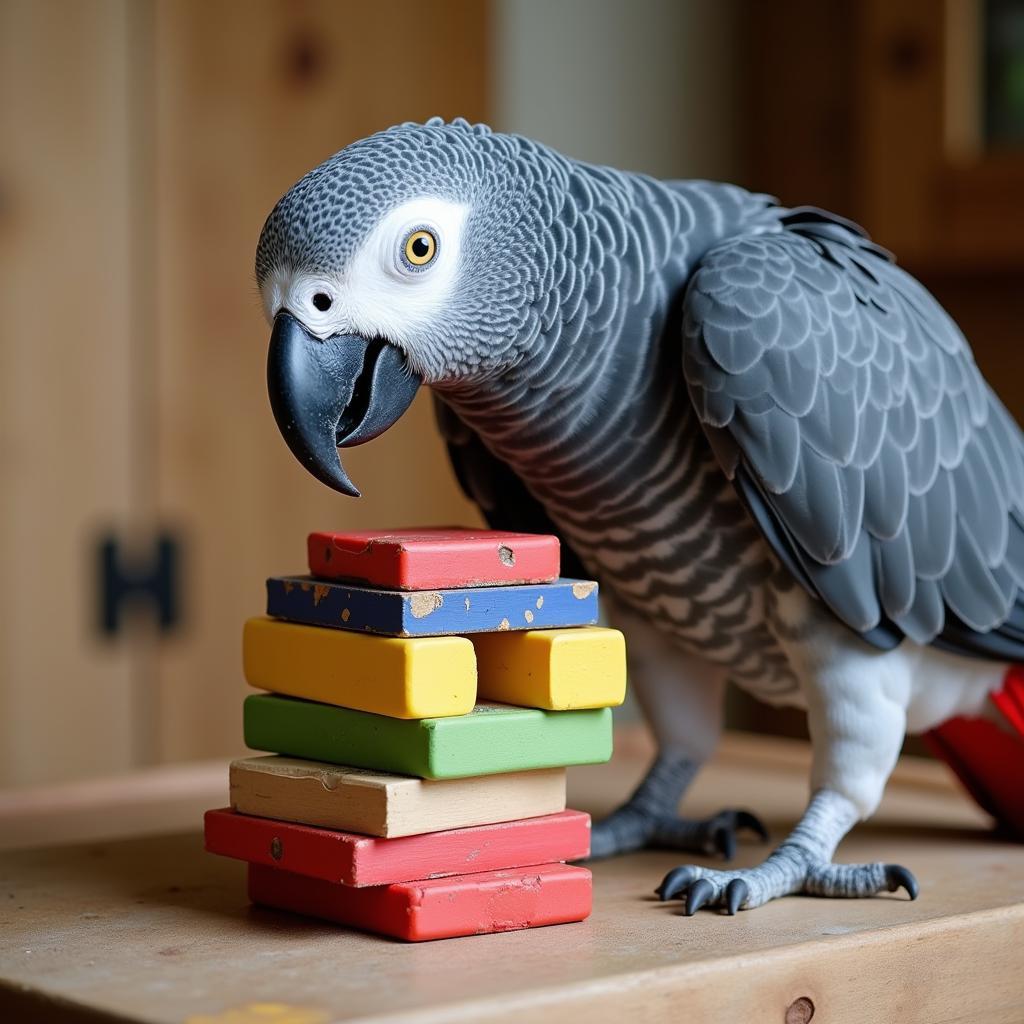African Elephant Communication: A World of Whispers, Rumbles, and Trumpets
African elephants, the largest land mammals on Earth, are known for their impressive size and intelligence. But what many people don’t realize is that these gentle giants also possess a complex and fascinating system of communication. They use a variety of vocalizations, including rumbles, trumpets, and screams, as well as body language, scent marking, and even infrasound to communicate with each other. This intricate communication system allows them to maintain social bonds, warn of danger, and coordinate their movements.
The Language of Rumbles: A Low-Frequency Conversation
Rumbles are the most common vocalization used by African elephants. These deep, low-frequency sounds can travel for miles through the ground and air, making them an ideal way for elephants to communicate over long distances. They use rumbles to communicate a variety of messages, including:
- Greeting each other: Elephants often rumble as a way of saying hello to familiar individuals.
- Sharing information: Rumbles can be used to transmit information about food sources, water holes, or potential threats.
- Maintaining social bonds: Elephants use rumbles to maintain strong bonds within their family groups.
“Elephants have a very complex communication system that goes far beyond just vocalizations. They’re incredibly social animals, and their rumbles allow them to maintain their social connections over vast distances,” says Dr. Anya O’Hara, a leading expert in elephant communication.
The Call of the Trumpet: A Loud and Powerful Signal
Trumpets are loud, high-frequency vocalizations that are used for a variety of reasons, including:
- Expressing excitement: Elephants often trumpet when they are excited, happy, or playful.
- Alerting others to danger: A trumpet can signal the presence of a predator or other threat.
- Showing aggression: Trumpets can also be used as a display of aggression, especially during territorial disputes.
Body Language: A Silent Language of Expression
While vocalizations play an important role in elephant communication, body language is also crucial. Elephants use a variety of body postures and movements to communicate their intentions and emotions.
- Ears: When an elephant’s ears are flat against its head, it may be feeling threatened or stressed.
- Trunk: An elephant’s trunk can be used to express a variety of emotions, such as excitement, anger, or curiosity.
- Tail: An elephant’s tail can be used to signal its mood. A flicking tail often indicates happiness or excitement, while a tucked tail may signal fear or anxiety.
Scent Marking: A Powerful Way to Communicate
Elephants also use scent marking to communicate with each other. They do this by rubbing their bodies against trees and other objects, leaving behind a scent that can be detected by other elephants. This scent information can be used to:
- Mark territory: Elephants use scent marking to establish and defend their territories.
- Communicate with distant individuals: Elephants can smell scents from miles away, allowing them to communicate with individuals that are not even in sight.
- Signal their reproductive status: Female elephants use scent marking to signal their reproductive status to potential mates.
Infrasound: A Secret Language of Vibration
Elephants can also communicate through infrasound, which is a sound that is below the range of human hearing. These low-frequency sounds can travel for miles through the ground and air, allowing elephants to communicate with each other over vast distances.
Scientists are still researching the full range of information that elephants convey through infrasound. However, they believe that it may be used to:
- Coordinate migrations: Elephants may use infrasound to communicate with each other during long-distance migrations.
- Warn of danger: Elephants may use infrasound to warn each other of potential threats that are not visible.
- Maintain social bonds: Infrasound may also play a role in maintaining social bonds within elephant herds.
African Elephant Communication: A Window into a Complex World
African Elephant Communication is a fascinating and complex system that allows these amazing animals to navigate their world and thrive as a social species. By understanding their intricate communication methods, we can gain a deeper appreciation for these magnificent creatures and work to protect them from the threats they face.
Frequently Asked Questions
Q: Do all elephants communicate in the same way?
A: While there are many similarities in the communication methods of African and Asian elephants, there are also some key differences. For instance, Asian elephants tend to use more vocalizations than their African counterparts.
Q: How do elephants learn to communicate?
A: Elephants, like humans, are social learners. They learn to communicate through interactions with their mothers and other members of their herd.
Q: Are elephants aware of their own communication?
A: Scientists believe that elephants are aware of their own communication, and that they use it intentionally to achieve specific goals.
Q: What can we do to help protect elephant communication?
A: It’s important to support organizations working to protect elephant habitats and reduce human-elephant conflict. By ensuring that elephants have safe and healthy environments, we can help to protect their complex communication systems.
Q: Are there any other animals that communicate through infrasound?
A: Yes! Other animals that communicate through infrasound include whales, hippos, and rhinoceroses.
Q: What other topics can I learn about African elephants?
A: You can explore topics such as African elephant social behavior, their role in the ecosystem, and the challenges they face due to habitat loss and poaching.
Conclusion
African elephant communication is a window into the rich and complex world of these intelligent animals. By understanding their unique ways of communicating, we can better appreciate and protect them.

